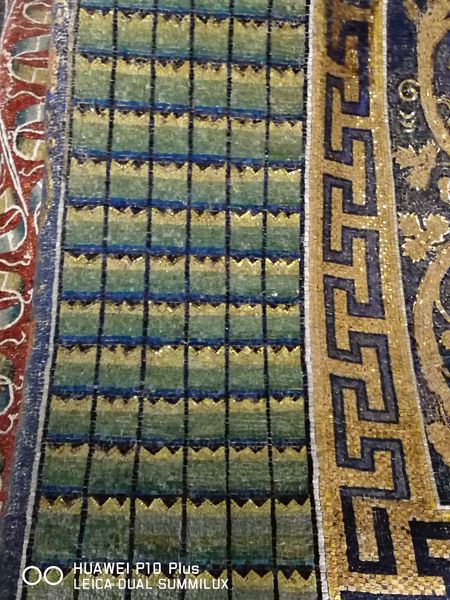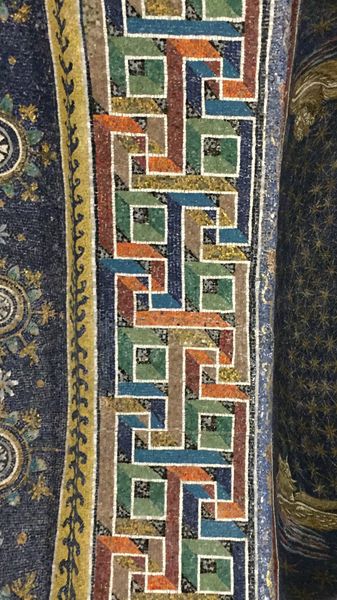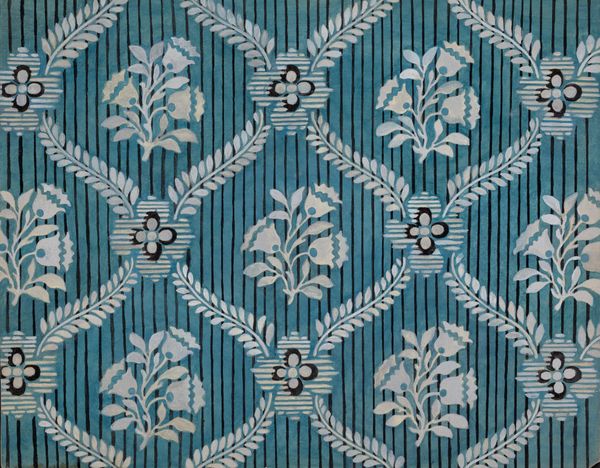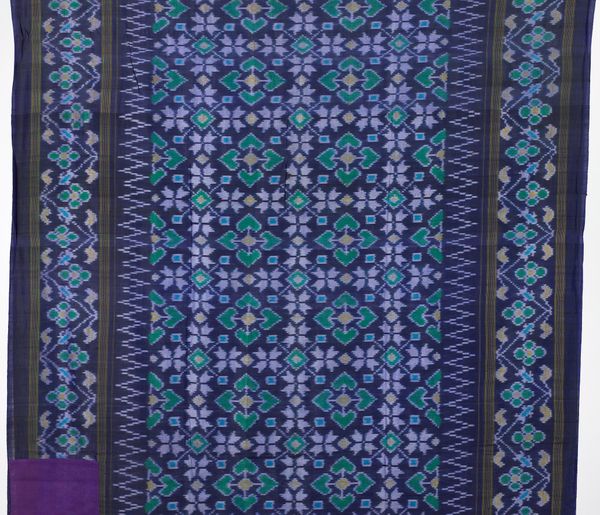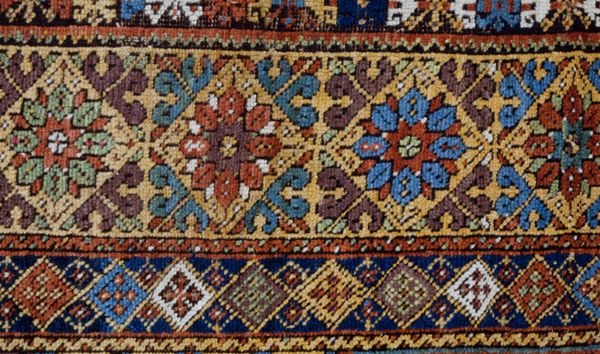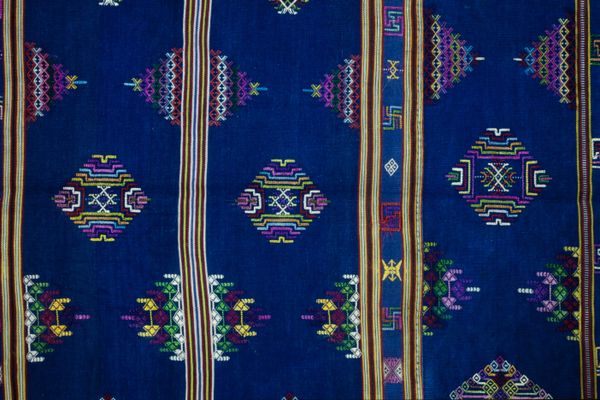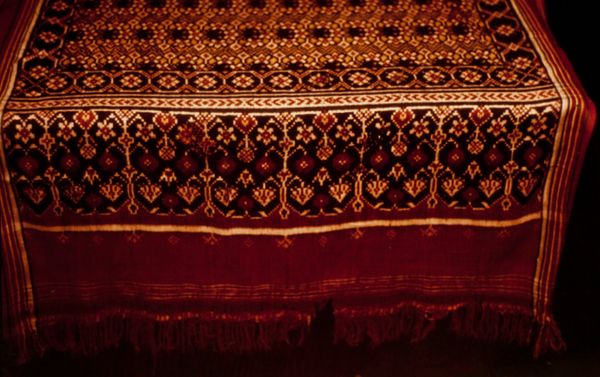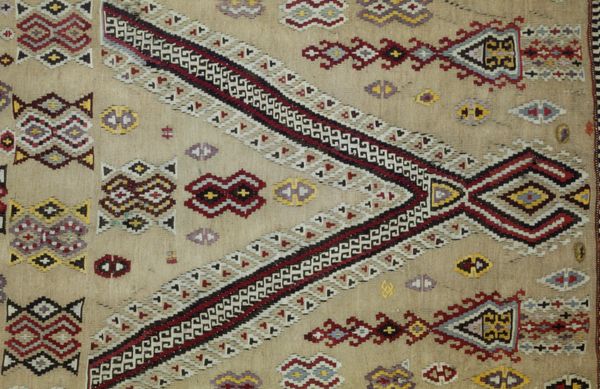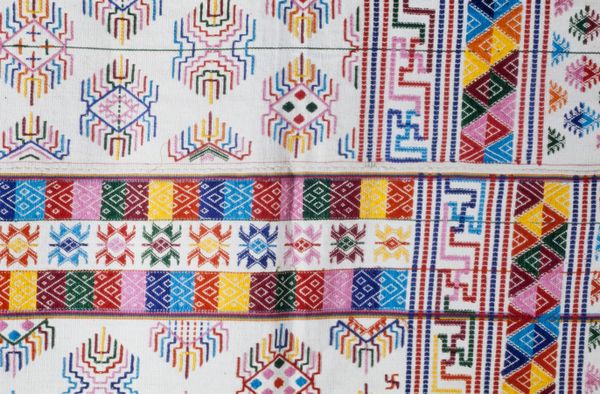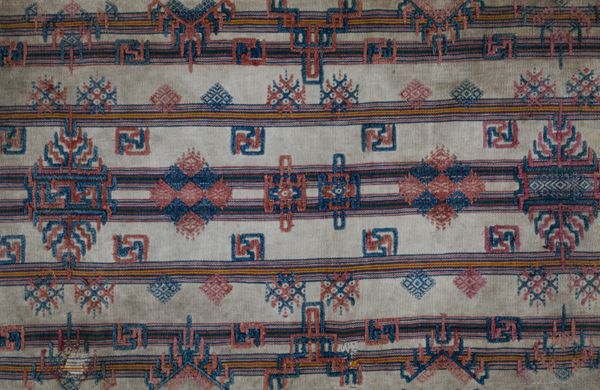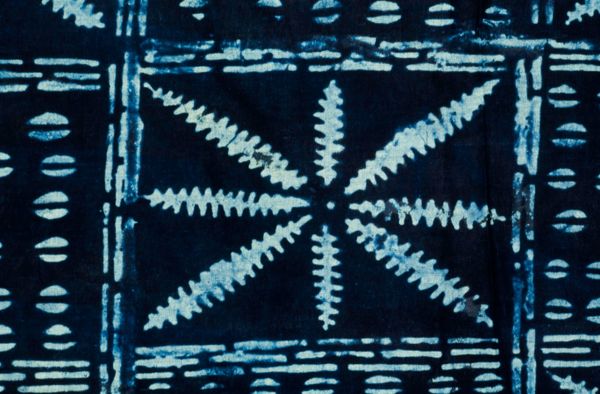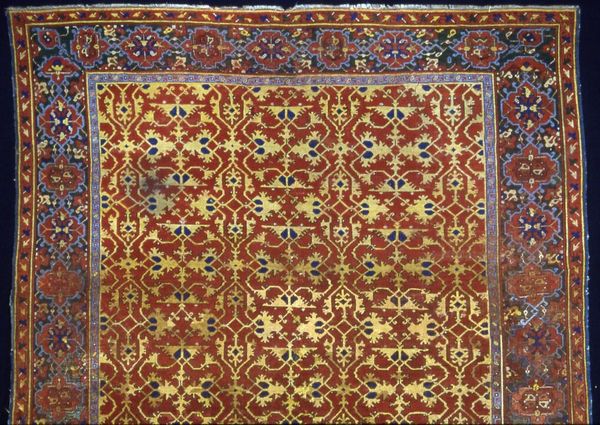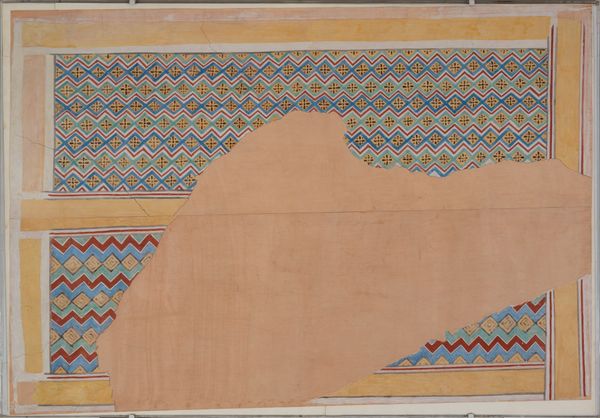
textile
#
graffiti
#
natural stone pattern
#
urban styling
#
graffiti art
#
street art
#
pattern
#
textile
#
mural art
#
text
#
tile art
#
street graffiti
#
urban art
#
mural
Copyright: Public domain
Curator: Looking at this section of mosaic, part of the wall decoration in the Mausoleum of Galla Placidia in Ravenna, dating back to around 425 AD, what's your immediate reaction? Editor: Well, my eye is drawn to the jewel-toned blues and greens. There's an unexpectedly soothing feeling emanating from what looks like a repeating decorative band; geometric forms in this medium lend the pattern an arresting sense of depth and permanence. Curator: Indeed. But how do we reconcile that sense of serenity with the socio-political landscape of the time? Galla Placidia, a powerful Roman empress, commissioned this mausoleum during a period of immense political and social upheaval. How might the mosaics reflect her attempt to exert authority in a fractured world? Editor: Absolutely. Consider the individual tesserae, the small pieces that compose the mosaic. They’re intentionally irregular, reflecting light in myriad directions. Symbolically, these could represent the fragmentation of the Empire and perhaps a yearning for wholeness or redemption – both for Galla Placidia and for the troubled times. Each tessera reflecting God, order from perceived chaos. Curator: It's important to consider the gender dynamics too. As a woman in power, Galla Placidia would have faced unique challenges. Was the mausoleum intended to be seen as a personal monument but also a deliberate act of claiming power and authority within a patriarchal system? Do these geometrical elements mirror similar imagery in Roman patriarchal iconography? Editor: Definitely. When we analyze it psychologically, color plays a key part: deep blues and greens are calming, which projects stability. Furthermore, mosaic decoration recalls the opulent Roman architectural heritage of earlier centuries—perhaps echoing Roman greatness under new and, in this case, female patronage. It is no doubt communicating continuity. Curator: Yet, what of those Roman antecedents you’re talking about? To what extent did it participate or defy existing social narratives around authority and identity? What new visual lexicons do the mosaics invent? What is repeated and reinvented? Editor: These colors still carry spiritual associations as the hues associated with earthly realms. By associating with such iconography and symbolism, her legacy—mortal and immortal—endures. It’s truly thought provoking! Curator: Examining art through this lens is crucial for grasping art’s role in reinforcing power. It adds new meaning to those mosaics, even when fragmented or seemingly simple.
Comments
No comments
Be the first to comment and join the conversation on the ultimate creative platform.
